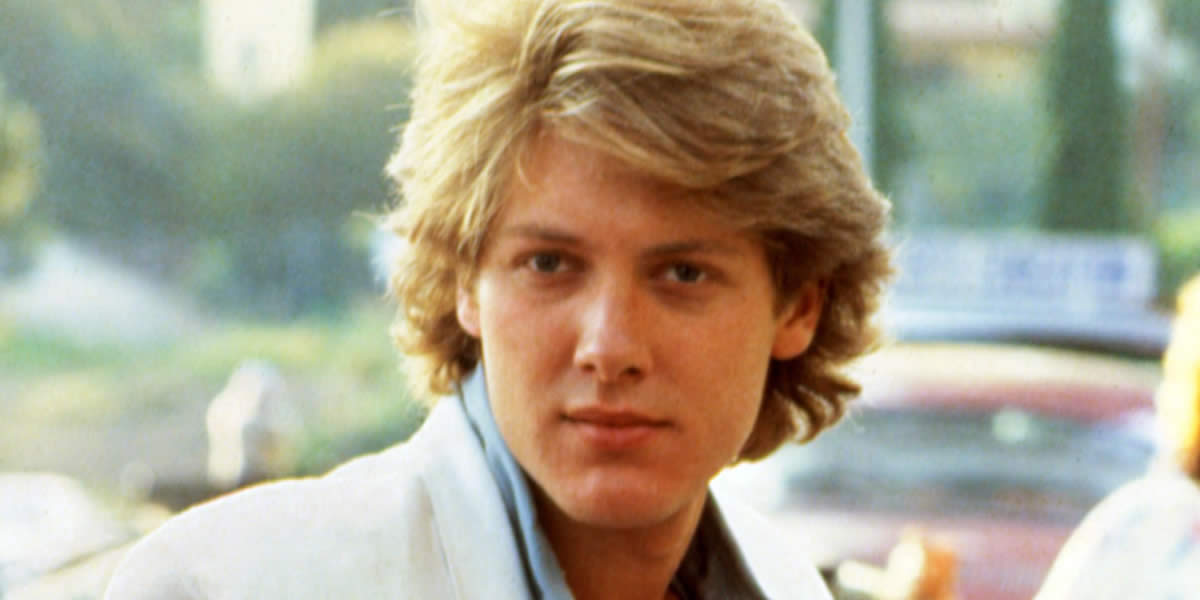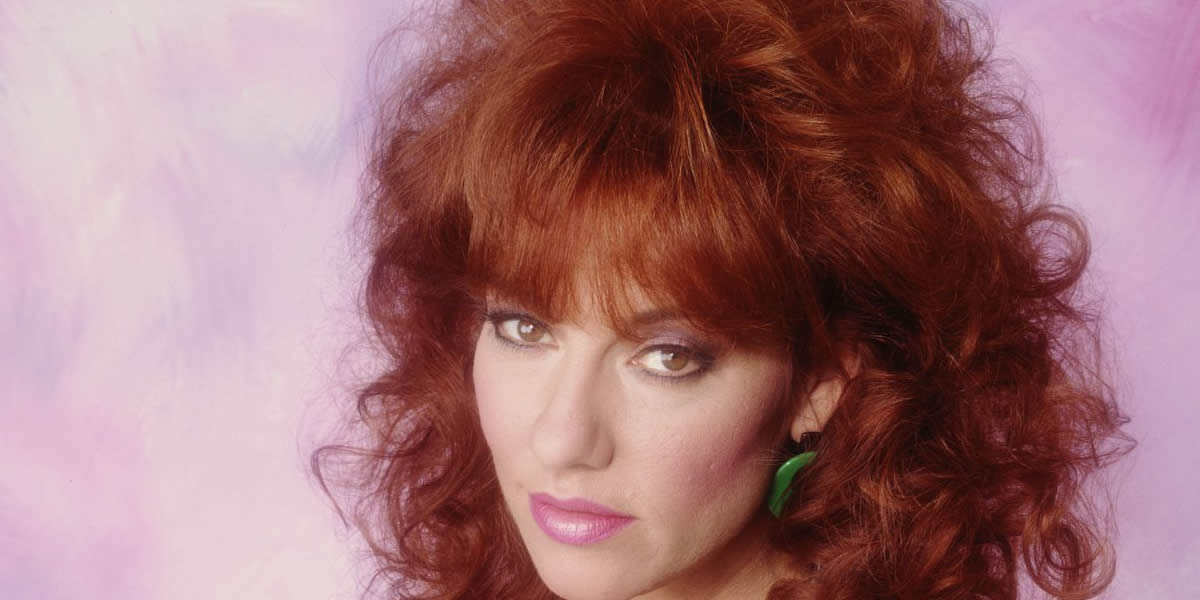In an era known for daring fashion and asymmetric hairstyles, the rat tail grew to become one of the most unique symbol of the 80s.
Anyone who grew up in the 80s knew that the decade was all about daring fashion trends and sometimes eccentric hairstyles. Cultural experimentation was the norm and one of the more polarizing trends of the air was the rat tail. People of all ages would get faded haircuts, but leave the hair long at the nape of the neck in order to create a rat tail. For many, it was a playful expression of individuality. And, as a result, the rat tail became a distinctive marker of the decade.
How the Rat Tail Became A Symbol of the 80s Naturally, the rise of the rat tail can be traced to the social and cultural dynamics of the decade. After all, the 80s was marked by a surge of consumerism thanks to the widening middle class. And, thanks to the influence of Music Television, we saw a rise in the popularity of counterculture movements. People began to see a blending of punk, new wave, and pop aesthetics in their everyday lives.
Unlike any previous decade, the 80s was all about the kids. The market was focused on the youth culture, and it could be seen in advertisements on the radio, TV, and in the local newspaper. Teens were being empowered to explore more unconventional looks. And while clothing options were the initial choice, it was only natural that eventually hairstyles would also play a crucial role in one’s defining style. It wasn’t within this atmosphere that the rat tail grew to become a symbol of the 80s.
The Rise of the Rat Tail To truly understand how the rat tail rose in popularity, we need to take a closer look at the concepts of asymmetry, the rise of many subcultures, and the increased availability of new and unique hair products.
Asymmetry as a symbol of the 80s One can argue that at its core, the rat tilt was an exercise in asymmetry. Asymmetry was a hallmark of 80s fashion and unlike more uniform hairstyles of the 60s and 70s, the rat tail offered something completely unique. The rat tail allowed people to keep their hair neatly cropped, while still providing them with that edgy look.
Although some left their rat tails flowing freely, the vast majority would have them braided. And, depending on which subculture you are in, you may have even dyed them in bold colors to make them stand out more. The style itself was more popular with children and teens who truly embraced the DIY aesthetic of the 80s. And, since it didn’t require any form of professional styling, one could create a look that truly stood out from the crowd.
The Many Subcultures of the 80s Of course, we wouldn’t have the popularity of the rat tail if it weren’t for the rise of countless subcultures throughout the decade. You could find people with rat tails in skateboarding and BMX communities where they focused on individuality and a more devil-may-care attitude. It was a prized symbol of belonging, and before long it began to gain traction in both punk and new wave circles.
With the help of media and blockbuster films like The Lost Boys as well as Bill & Ted’s Excellent Adventure , the rat tail’s popularity grew with leaps and bounds. Not only did these films feature characters with rat tails and other very unconventional hairstyles, but they helped to cement the style’s association with youthful rebellion in the alternative culture. The rat tail also segued into sports with several well-known athletes donning the look throughout the 80s.
Hair Products Were Also a Symbol of the 80s Then there were the hair products of the 80s . After all, the decade was the golden age for hair products like gels, mousses, and hairsprays. Many rat tail enthusiasts relied on these products in order to style and accentuate their look. In some cases, people would even adorn their rat tails with beads, ribbons, and tiny charms which made it a canvas for personalization. Best of all was, that haircuts featuring rat tails were also very inexpensive. The low cost and easy maintenance contributed to their popularity among kids and teens alike. Unlike the more high-maintenance perms of the era, the rat tail only required periodic trimming to keep it looking clean and neat.
The People Who Made Rat Tails a Symbol of the 80s While there were countless people who helped to bring rat tails into popularity during the decade, one of the biggest athletes of the era was a basketball player named Dwayne Schintzius. He was known for rocking rat tails throughout the late 80s and into the 90s.
In the music scene, there were countless musicians who sported a rat tail throughout the decade, especially in the punk and alternative genres. After all, it aligned better with the rebellious spirit of the sound. Then on the big screen, we had many actors, especially in the Star Wars series, who sported rat tails. After all, the rat tail was a signature look of the Padawan.
The Cultural Impact of the Rat Tail Without question, the rat tail was a polarizing symbol of the 80s. It allowed people to embrace their personal expression, and challenge the traditional norms of grooming. In a period where everyone celebrated individuality, and encouraged stepping outside of the box, the rat tail quickly grew in popularity throughout the decade. However, it eventually fell out of favor during the 90s as more polished hairstyles began to gain traction. But, the impact of the rat tail on the 80s culture did not simply fall to the wayside.
It was back in 1999 when the fourth installment of the Star Wars series, Episode 1, was released to the public. Ewan McGregor who played a young Obi-Wan Kenobi in The Phantom Menace, sported a meticulously groomed rat tail throughout the film. Rather than running down from the nape of the neck, the rat tail started from the back of the year and would be braided down over the shoulder.
Conclusion Ultimately, the rat tail became more than just another hairstyle. It was a true cultural statement that redefined the daring spirit of the 80s. Its use of asymmetry and its unconventional nature, reflected upon the era’s ethos for breaking the rules and celebrating individuality. And, although it was not the style for everyone, it still secured its place in the annals of history, symbolizing a time when boldness, uniqueness, and creativity were more important than trying to fit into the crowd.




